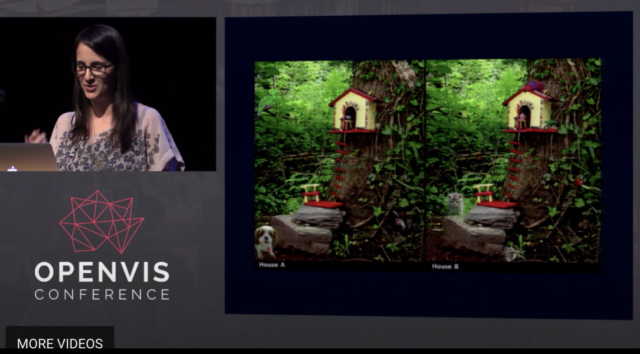 I really enjoyed this video. My favorite part of Groeger’s video was the inspiration I got after viewing it because she gave all sorts of ideas on how to draw the viewer into work using loops. One of those ideas was that it’s much easier to tell differences when something loops versus if you are looking at two slightly different photos. I feel like this can be used advantageously by subtly changing things so that they are just noticeable.
I really enjoyed this video. My favorite part of Groeger’s video was the inspiration I got after viewing it because she gave all sorts of ideas on how to draw the viewer into work using loops. One of those ideas was that it’s much easier to tell differences when something loops versus if you are looking at two slightly different photos. I feel like this can be used advantageously by subtly changing things so that they are just noticeable.
Category: 04-LoopReading
anna-LoopReading
I decided to take a look at the text article instead of the video. I like the way it begins by articulating the importance of the GIF in today’s culture, despite its reputation as something immature. When it moves past the Coraline trailer in its discussion of looping images on public transit, I question, “was this the work Golan intended to show us earlier, but he couldn’t find the exact documentation of it he was looking for?” but perhaps that is not it, as, like, I’m sure there are multiple “animations” that exist in transit tunnels. I like how the author states that frame-by-frame depictions are a way of offloading information onto a page. The article describes hypnosis and then exposure therapy–the discussion of the former made me consider the implications of EMDR therapy.
I’m sorry, I know this is a lot I’ll end it here?
BookooBread-LoopReading
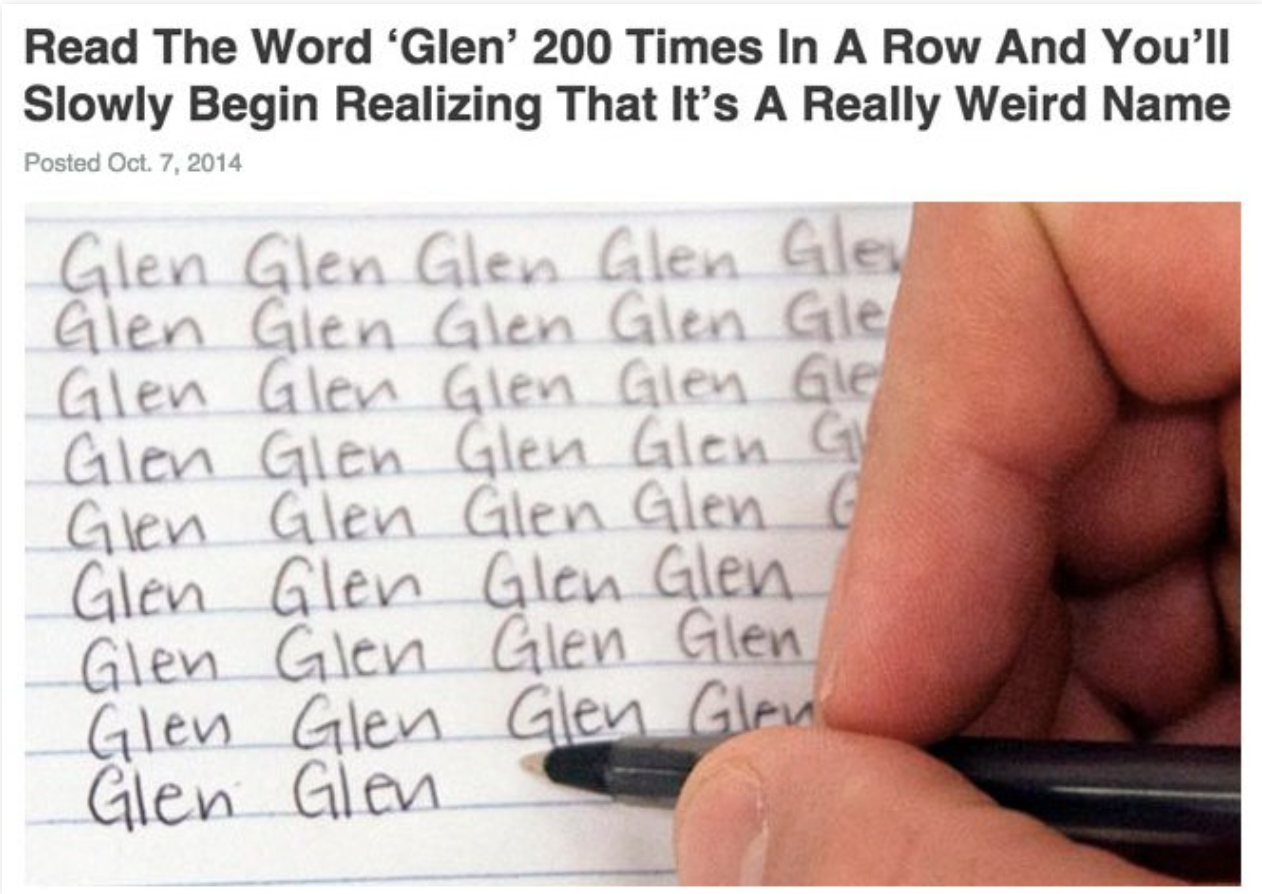
I was really intrigued by the portion of the presentation about semantic satiation. I’ve always been so interested in why that happens, but I never really thought about the idea that is simply shifting our attention away from the meaning of the word to the sound of the word. When she said that repetition opens up new ways of hearing sound, it made me think about how music does exactly this. However, music does basically the opposite of semantic satiation. Rather than diluting the meaning like with the repetition of words, repetition in music only seems to amplify the experience or meaning we place on it. Whether it is playing a song on repeat, or within the actual music – repetition is an extremely important tool in music that allows the listener to participate.
rathesungod – Loop Reading
In Groeger’s “On Repeat: How to Use Loops to Explain Anything,” she explains the history and importance of gifs and how they’ve contributed to creating visual forms of information and art. As I was reading this article, I kind of realized how the list of different forms of gifs kept on continuing. Leading to how I realized the endless possibilities of what loops can mean and show.

Something that particularly caught my attention was this flying squirrel gif that was made from the Smithsonian Library. It really brings the original image alive and show people a little “show” for their studies.
Monday – LoopReading
I was honestly really surprised by the segment of her presentation that showed how even the plain statement “sometimes behave so strangely” (discussed at 20:00) was noticeably changed by looping. It solidified her argument for me and I still vividly remember that clip.
bumble_b – LoopReading
There were a few moments that really stuck out to me in Lena Groeger’s presentation. She explained the mere-exposure effect which says we like things we’ve been exposed to before; we find comfort in the predictability. This effect is a fundamental aspect of humans, evident as early as in our childhood development, like when we were obsessed with the same storybook and made our parents read it over and over again or how we picked up patterns to help us learn shapes, vocabulary, and everything foundational to our learning. It reminded me of how I was absolutely obsessed with Cinderella 2 and would literally watch it over and over again, back-to-back multiple times in a day.
Something else that I found so fascinating was the speech-to-melody effect seen in Diana Deutsche’s speech:

I literally have it stuck in my head as I’m writing this.
In all, I think humans are deeply fascinated with loops. On Tik Tok, any video that somehow has a loop that seamlessly connects its beginning and end makes everyone go crazy in the comments!
YoungLee – LoopReading
In watching Groeger’s presentation, I learned how powerful a tool GIFs can be. Before watching the vid, I thought it was used to spread funny memes, etc., but it can actually be useful in a variety of contexts. Groeger cites a lot of examples like the expansion of US territories, how the NY subway expanded overtime, etc. Side by side, the expansion of US territory is hard to understand, but by looping it in one GIF, it becomes easier to visualize it.
The example Groeger uses in her presentation:
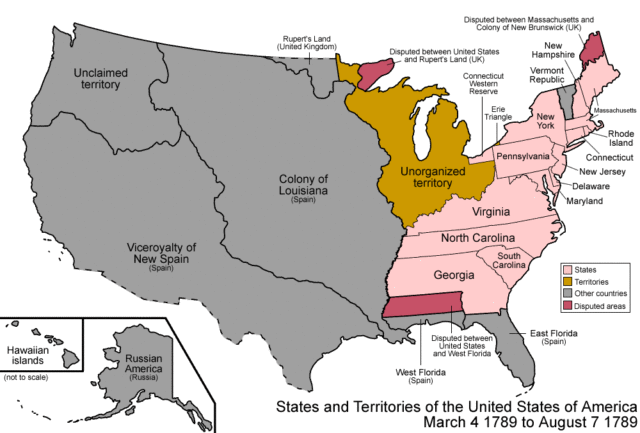
shrugbread- LoopReading
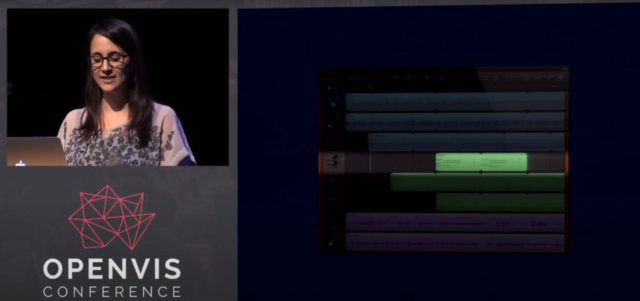
I found particularly interesting in this specific moment she talks about how in the presence of repeated exposure to music, people will often try to focus on a different part of the song to pay attention to. This is a mechanism that helps us stay engaged with the same material, and is also an indicator of our internal craving for stimulus as well as things that are safe and consistent. This small instance of understanding human tendencies and psychology has a massive payoff in looping/repeating media.
minniebzrg-LoopReading
Reading/Viewing: Loops as Visualizations
What really interested me in Lena’s presentation was the music illustration to explain repetition and looping. It was describing how we begin to repeat song lyrics or melodies because we are exposed to it so many times. Our brains then continue repeating the lyrics so that we can recall the next few words. Elements of a song such as a melody, rhythm, beat, and pitch helps us to remember the lyrics. These musical loops harness the power to teach. Loops have power.
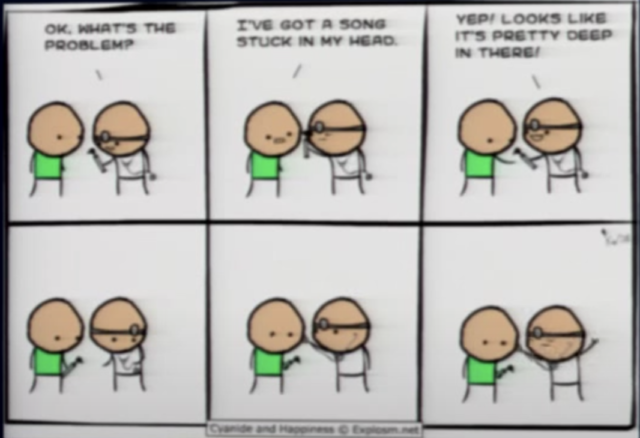
peatmoss-LoopReading
(I read the article.)
What stuck out to me while reading was the passage on how repetition functions in music, and how that relates to gifs. I’m a musician so I’ve grown to be aware of how repetition functions within composing, within listening and engaging with music, et cetera–but here, that same sort of logic is presented as a tenet of gif design/usage. As she noted, there is tremendous learning capability from having an infinite loop there to 1) show information (Visuals helping mental organization) 2) show the order that tasks should/can be completed in 3) provide this information in a fun and accessible way. It’s a brilliant tool that helps our silly brains.
(And as a small additional note, the section regarding Diana Deutsche’s research into vocal tonality and how repetition can transform how we hear something was very cool. It reminds me also of Charles Cornell’s meme arrangements. Here is one of my favorites: https://www.youtube.com/watch?v=BCQM4efUUUI)